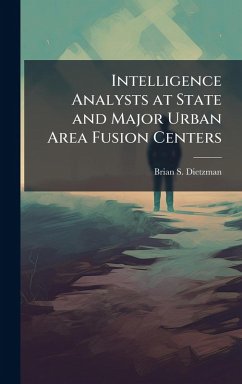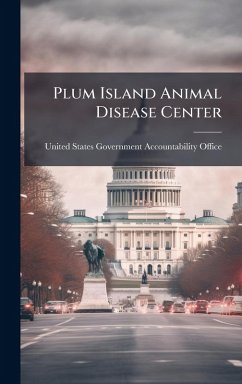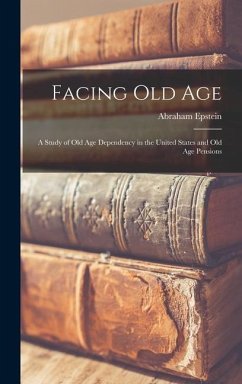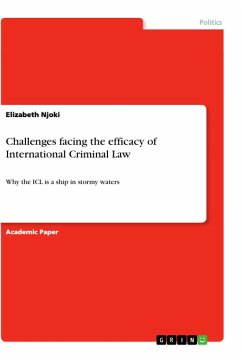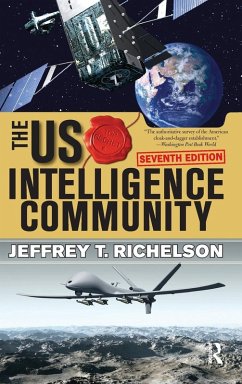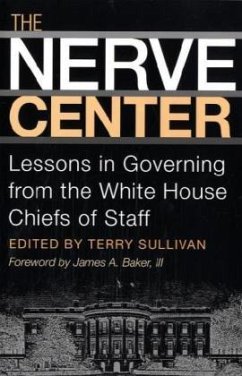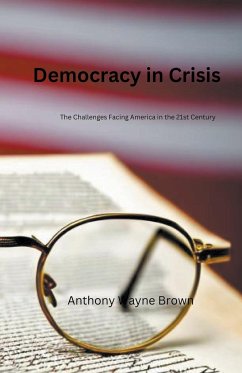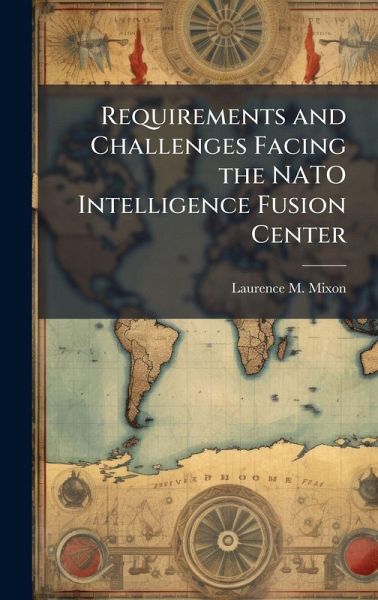
Requirements and Challenges Facing the NATO Intelligence Fusion Center
Versandkostenfrei!
Versandfertig in über 4 Wochen
25,99 €
inkl. MwSt.
Weitere Ausgaben:

PAYBACK Punkte
13 °P sammeln!
Since September 11, 2001, both the United States (US) and North Atlantic Treaty Organization (NATO) have undergone transformation to improve intelligence collection, analysis, production and dissemination in support of the Global War on Terrorism (GWOT). The Intelligence Reform and Terrorism Prevention Act passed by Congress in 2004 provided guidance to the US Intelligence Community on the establishment of an integrated intelligence network.1 Similarly, NATO's Allied Command Transformation (ACT) determined that NATO's intelligence architecture must transform to meet future operational intellig...
Since September 11, 2001, both the United States (US) and North Atlantic Treaty Organization (NATO) have undergone transformation to improve intelligence collection, analysis, production and dissemination in support of the Global War on Terrorism (GWOT). The Intelligence Reform and Terrorism Prevention Act passed by Congress in 2004 provided guidance to the US Intelligence Community on the establishment of an integrated intelligence network.1 Similarly, NATO's Allied Command Transformation (ACT) determined that NATO's intelligence architecture must transform to meet future operational intelligence needs and proposed establishment of the NATO Intelligence Fusion Center (IFC). Officially opened by NATO on October 16, 2006, the IFC's ultimate goal is to provide a mechanism by which NATO's 26 member states can collaboratively develop and share information and intelligence in support of the common goal of winning the GWOT and promoting global peace and stability. NATO intends for the IFC "to provide the full spectrum of military production and analysis at the operational level." 2 Support to NATO's International Security Assistance Force (ISAF) in Afghanistan will be the IFC's first major test. This work has been selected by scholars as being culturally important, and is part of the knowledge base of civilization as we know it. This work was reproduced from the original artifact, and remains as true to the original work as possible. Therefore, you will see the original copyright references, library stamps (as most of these works have been housed in our most important libraries around the world), and other notations in the work. This work is in the public domain in the United States of America, and possibly other nations. Within the United States, you may freely copy and distribute this work, as no entity (individual or corporate) has a copyright on the body of the work. As a reproduction of a historical artifact, this work may contain missing or blurred pages, poor pictures, errant marks, etc. Scholars believe, and we concur, that this work is important enough to be preserved, reproduced, and made generally available to the public. We appreciate your support of the preservation process, and thank you for being an important part of keeping this knowledge alive and relevant.



